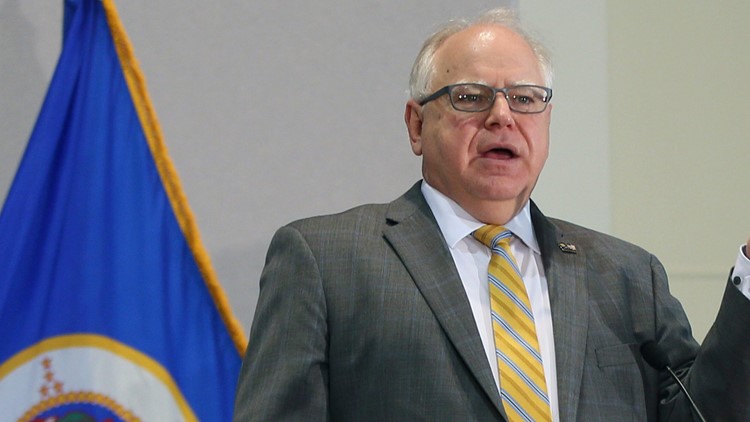ST PAUL, Minn. — Gov. Tim Walz and Lt. Gov. Peggy Flanagan announced on Thursday a $3 million investment – paid for with federal funds through the Coronavirus Relief Fund – toward mental health services for children and families during the COVID-19 pandemic.
According to a press release, the funds will be distributed to school-linked mental health programs and other mental health providers who serve children and families with young children.
“Too many families suffered from mental health crises without knowing where to turn even before COVID-19,” said Gov. Walz in a press release. “More than ever, it’s critical that essential mental health services be readily available to our children and their families across the state.”
The Minnesota Department of Human Services (DHS), along with the Children’s Cabinet and the Minnesota Department of Education, will administer the funds to eligible applicants. According to the release, the funds are expected to be given out by the end of November 2020.
“Our children’s mental health and wellbeing is of utmost concern and we know that COVID-19 has made access to services more challenging, especially for students who receive mental health services through schools,” said Lt. Gov. Flanagan in a release. “Mental health providers have struggled with increased costs associated with critical care supplies, appointment spacing, and social distancing of in-person treatment. At a time when we need mental health care more than ever, we must support them.”
The Coronavirus Relief Fund was authorized by the federal Coronavirus Aid, Relief and Economic Security (CARES) Act.
“The COVID-19 pandemic has had a significant impact on the mental health and emotional wellbeing of children and families across Minnesota,” said Minnesota Department of Human Services Commissioner Jodi Harpstead in a release. “These funds will provide additional resources for the renowned school-linked mental health program and the providers who are helping children and families cope with the isolation and stress brought on by distance learning and increased isolation they are experiencing.”



